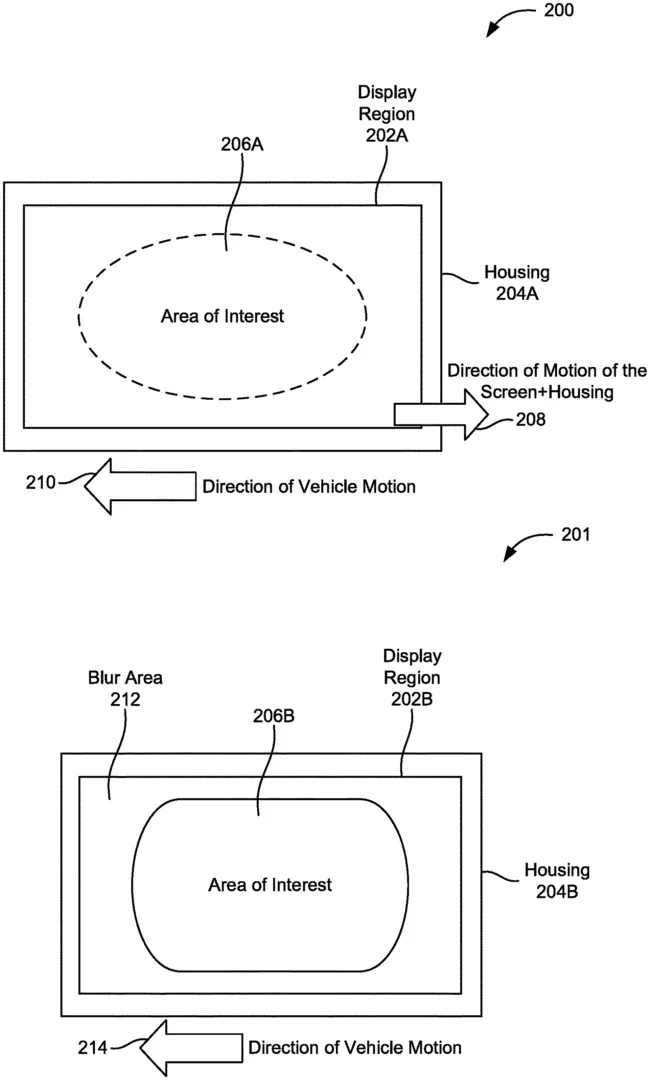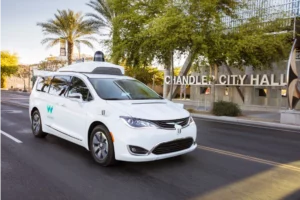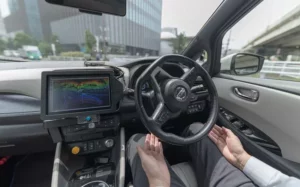General Motors’ driverless vehicle subsidiary Cruise is working to find a way to save people from feeling sick the next time they take a self-driving car.
The issue of motion sickness in a driverless vehicle is seen as a problem because it reduces some of the advantages of travelling in a vehicle that drives itself, such as working or reading.
The website designtaxi.com reports motion sickness is often triggered when the passenger is focusing on something within the cabin of the car, like a book or a phone. It occurs mainly because the senses in your brain can’t tell if you are stationary or moving.
The patent designs include environmental signals that have a 360° view and track the passenger. If the sensor deems that the eye movement or body language of the passenger is in line with someone suffering from motion sickness, it triggers certain reactions in the car.
The first response is to apply a blur filter to the areas within the passenger’s peripheral vision. Next is to move and utilise image stabilisation on any display screens within the cabin.
Lastly, the seats are designed to perform haptic responses to reduce and soothe the occupant.
(Picture – General Motors/designtaxi.com)





















